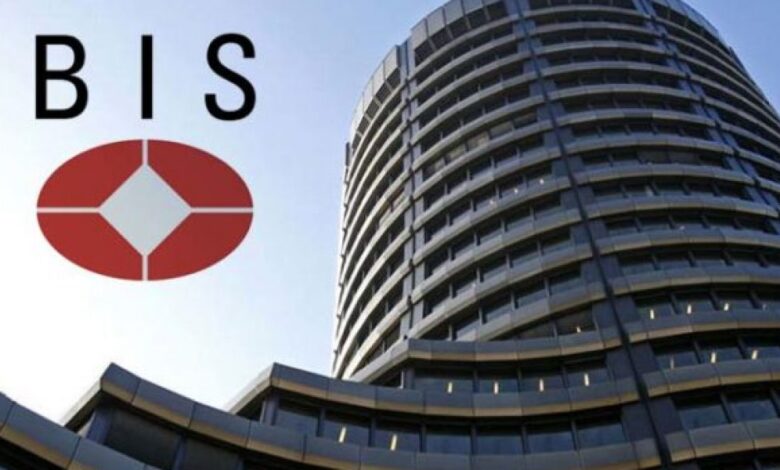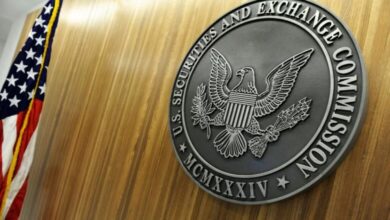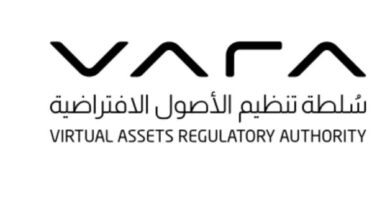BIS Unveils Sweeping Amendments with Key Focus on Stablecoins and ETFs

The Bank of International Settlements (BIS) has recently unveiled a consultative document through The Basel Committee on Banking Supervision (Basel Committee), presenting substantial amendments to its existing standard on banks’ exposures to cryptoassets. The proposed changes aim to fortify the regulatory framework concerning stablecoins, Exchange-Traded Funds (ETFs) linked to cryptoassets, and other emerging risks tied to cryptoassets.
Strengthening Reserve Asset Requirements for Stablecoins
In a bid to enhance the resilience of stablecoins and mitigate the risk of peg failures, the Basel Committee proposes augmenting the reserve asset requirements for Group 1 stablecoins. This entails stablecoin issuers holding reserve assets with high liquidity and minimal market and credit risk, including central bank reserves, short-term government bonds, and deposits at highly-rated banks. The objective is to ensure stablecoins remain redeemable at their peg value even in volatile market conditions, promoting stability through the use of high-quality reserve assets.
Requiring Statistical Tests to Demonstrate Stablecoin Stability
The Basel Committee also advocates for banks to conduct statistical tests to demonstrate the stability of stablecoins. This involves analyzing historical data and current market conditions to assess the cryptoasset’s relationship with its reference asset. By imposing this requirement, the Basel Committee aims to provide banks with a more comprehensive understanding of the risks associated with stablecoins, facilitating effective risk management and ensuring stability.
Clarifying Requirements for Settlement and Risk Management
Further proposed amendments include clarifying requirements for settlement finality and risk management in primary and secondary markets for stablecoins and ETFs linked to cryptoassets. This aims to establish standardized practices and procedures to reduce the risk of operational and legal disputes, enhancing the overall robustness of the cryptoasset ecosystem.
Establishing Hedging Recognition Criteria for ETFs
The Basel Committee suggests establishing hedging recognition criteria for ETFs linked to cryptoassets, requiring derivatives and ETFs/ETNs linked to cryptoassets to qualify for hedging recognition only if the regulated exchange clears relevant trades through a qualifying central counterparty (QCCP). This move is intended to enhance the resilience of hedging strategies by involving QCCPs, which act as intermediaries in derivatives markets, reducing counterparty risk and operational complexity.
Lack of Emphasis on Proof of Reserve for Stablecoin Issuers
Despite the comprehensive nature of the proposed amendments, it’s noteworthy that the consultative document does not explicitly address the need for stablecoin issuers to provide proof of reserves. Proof of reserves adds transparency and accountability, ensuring stablecoin issuers regularly verify and demonstrate possession of the necessary assets to back the value of their stablecoins. The absence of this requirement may raise questions about the robustness of the regulatory framework in safeguarding against potential insolvency or mismanagement by stablecoin issuers.
Industry Feedback and Timeline
The Basel Committee invites feedback from market participants on the proposed amendments until February 4, 2024. Specific areas of interest include the proposed requirements for reserve assets of stablecoins, statistical tests for stablecoin stability, clarifications of settlement finality and risk management requirements, requirements for hedging recognition criteria for ETFs, and the overall impact of the proposed amendments on the cryptoasset market. The final standard is expected to be published in the third quarter of 2024.





